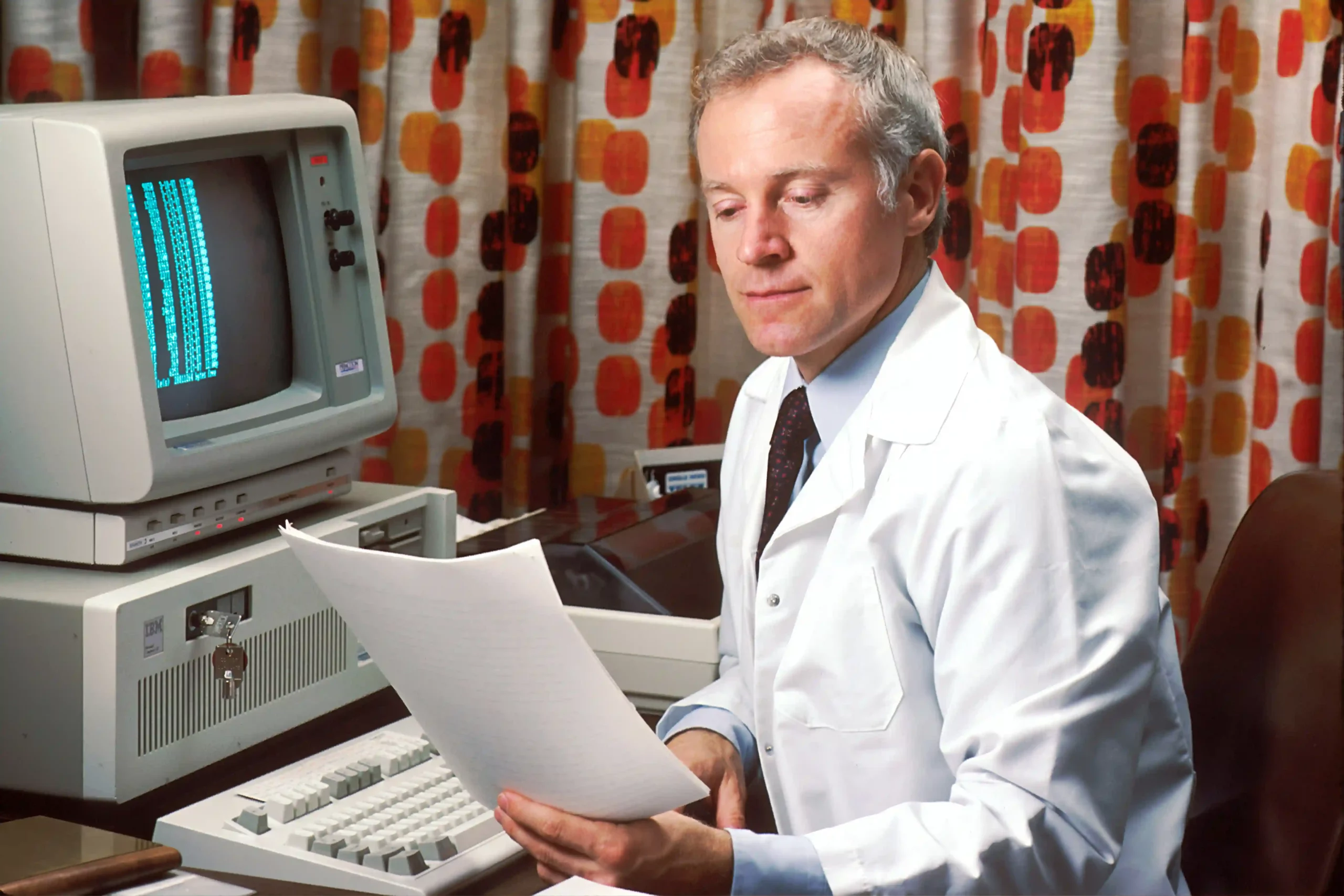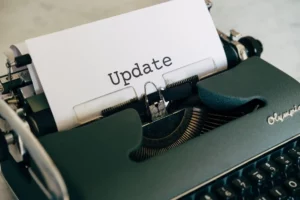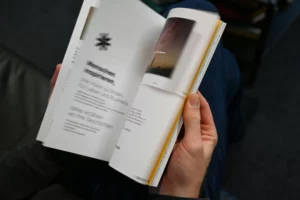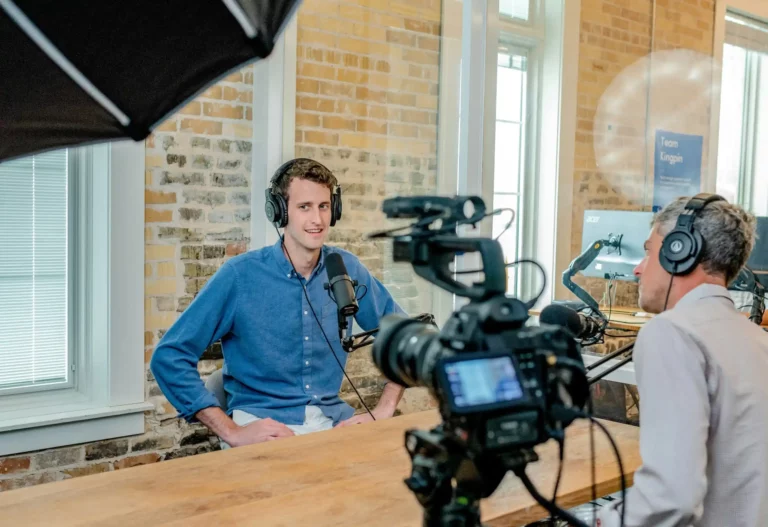Navigating differences between Dissemination, Communication, and Exploitation in Horizon Europe
Author
Marlene Kopf, PhD
Publication Date
September 19, 2024
Keywords
Communication plan
Public engagement
outreach
regulatory impact
Patent
intellectual property
Valorisation
Technology transfer
commercialization
Your microfluidic SME partner for Horizon Europe
We take care of microfluidic engineering, work on valorization and optimize the proposal with you
Learn here how to integrate them into your proposal in a meaningful way.
Dissemination, communication, and exploitation activities are crucial to the success of Horizon Europe projects. While these three concepts are linked, they serve different purposes and involve different strategies and methods. Understanding these differences is essential for researchers and project managers to maximize the impact of their work and be able to demonstrate this plausibly in their proposal. But what is what?

Dissemination
Dissemination refers to the public disclosure of the results of a Horizon Europe project. It involves making the knowledge generated by the project available to stakeholders, such as the scientific community, industry, policymakers, and the general public. The primary goal of dissemination is to ensure that the project’s findings reach the intended audiences who can benefit from them and apply them in various contexts.
Examples:
- Publications: Publishing articles in peer-reviewed journals, conference proceedings, and books.
- Presentations: Presenting results at scientific conferences, workshops, and seminars.
- Repositories: Depositing research data and publications in open access repositories to ensure broad accessibility.
- Reports: Producing and distributing technical and progress reports to stakeholders.

Dissemination typically employs academic and professional channels, including scientific journals, conferences, open access platforms, and institutional repositories. Effective dissemination strategies also include online tools and platforms, social media, and project-specific websites to reach wider audiences.
Exploitation

Exploitation involves the use of project results to create social, economic, or environmental benefits. This can include the development of new products, services, standards, or policies based on the research outcomes.
The main objective of exploitation is to ensure that the knowledge and innovations generated by the project are used to achieve tangible impacts.
Examples:
- Commercialization: Developing business plans, securing patents, and bringing new products or services to market.
- Policy influence: Informing and influencing policy and regulatory frameworks.
- Standards development: Contributing to the development of new industry standards or protocols.
- Follow-up research: Initiating further research projects or collaborations based on the findings.


Exploitation strategies often involve partnerships with industry, technology transfer offices, and innovation agencies. They may include licensing agreements, spin-offs, and start-ups, as well as collaborations with regulatory bodies and standardization organizations.
If you don’t want to exploit your research results yourself, you can e.g. consider collaborating with industry partners to commercialize the technology you developed in a project, secure patents, and develop a market-ready product.
You might also work with standardization bodies to establish new performance standards for the field you worked on in the project.
Communication
Communication in Horizon Europe refers to the process of informing and engaging with stakeholders and the general public about the project, its activities, and its outcomes. The aim is to raise awareness, promote the project’s objectives, and highlight its societal relevance and impact.

Examples:
- Media outreach: Issuing press releases, engaging with journalists, and securing media coverage.
- Public engagement: Organizing public events, workshops, and exhibitions.
- Digital presence: Developing and maintaining a project website, using social media, and producing digital content like videos and infographics.
- Educational outreach: Creating educational materials and engaging with schools and universities.
Communication strategies leverage a variety of tools and platforms to reach different audiences, including traditional media (newspapers, television, radio), digital media (websites, social media), and direct engagement activities (public talks, webinars).
How the MIC can help with dissemination, communication and exploitation in your project
We use our reach via our website, one of the most visited microfluidics websites in the world, to publish non-confidential news about our projects, project meetings, conferences and successes of the joint projects we are involved in. We also disseminate relevant information on our social media channels to reach a wide audience.
Thanks to our experience in science communication from 50+ European projects and SEO (Search Engine Optimization), our contribution to D&E&C in the field related to our activities in microfluidics is appreciated in numerous projects. With our developments, e.g. new instruments resulting from our projects, we aim to bring new innovative products to market and provide real added value for all future users.
Integration of D&E&C in a project proposal
While dissemination, communication, and exploitation have distinct objectives and target audiences, they are complementary and often overlap. Effective project management in Horizon Europe involves integrating these activities to maximize the project’s impact.
- Dissemination focuses on sharing scientific knowledge and ensuring it reaches relevant stakeholders.
- Exploitation aims at transforming research outcomes into practical applications and societal benefits.
- Communication seeks to inform and engage a broad audience, highlighting the project’s significance and fostering public understanding.
Integration of these activities ensures that project results are not only shared within the academic community but also translated into real-world applications and communicated effectively to the public and other stakeholders.
All of this should be plausibly presented in the proposal, as the European Commission wants the funded projects to have a real impact on the lives of EU citizens. Planning a dedicated work package for this part of the project has proven to be a good idea.

How Horizon Europe projects benefit from systematic D&E&C
In Horizon Europe, dissemination, communication, and exploitation are crucial components of a project’s life cycle. Understanding their differences and interrelationships enables project coordinators and partners to develop and implement strategies that maximize the impact of their research and innovation activities.
Through effective dissemination and exploitation of results and communication with different audiences, Horizon Europe projects can achieve their objectives of increasing knowledge, fostering innovation, and addressing societal challenges.
If you want more information on dissemination, communication, and exploitation in Horizon Europe projects, you can find it on the European Commission’s pages (e.g., here and here) or refer to your National Contact Point.
Check the Horizon Europe tips and tricks
FAQ – Navigating differences between Dissemination, Communication, and Exploitation in Horizon Europe
1) What does dissemination, communication and exploitation mean in a straight forward manner?
In Horizon Europe, these three are connected yet not used interchangeably as dissemination is concerned with sharing your findings with those who can use them (scientists, industry, policymakers); exploitation is concerned with transforming your findings into tangible good (products, standards, policies, spin-offs); and communication is concerned with letting people know what you are up to, why it matters, and how it impacts society. They will appeal to various audiences and deploy different tools, but collectively they will determine the actual impact of your project.
2) What is the meaning of dissemination in a project (Horizon Europe)?
Dissemination refers to the public presentation of project outcomes in such a manner that the other professionals can take-up, reuse, and advance. Common examples are: peer-reviewed articles, led-talks at conferences, open repository data and software, stakeholder or technical or progress reports, and project results page. It is focused on availing and accessing knowledge to those communities who can utilize it scientifically, technically or strategically.
3) And what is considered as the exploitation of results?
The thing that occurs after you have results is exploitation; making use of those results to bring about social or economic or environmental value. It can be introduction of a product to the market, shaping regulation, contributing to new standards, spin-off, or use of the findings to provide a launchpad to subsequent projects. Where the dissemination responds to the question, Who needs to know this? the exploitation responds to the question, how do we use this to change practice, markets or policies?
4) What is the difference between communication and dissemination? Aren’t they the same?
Not in EU vocabulary. It is concerned with visibility and interactivity, and usually targets non-expert audiences: press releases, social media campaigns, project websites, podcasts, public events, education resources, et cetera. The idea is to create awareness, demonstrate that EU money is not wasted, and how the project is relevant to the citizens. Dissemination is often expert-to-expert; communication project-to-society. You need both.
5) Why does Horizon Europe put so much stress in proposals on D&E&C?
Due to the fact the Commission desires funded projects to possess an identifiable impact outside the consortium. Knowledge is disseminated in a good way, it is transformed into solutions in a good way, and trust and uptake is developed in a good way through communication. As an evaluator, all you will do is read your D&E&C plan in a literal sense as an approximation of will these results leave the lab? This is a red flag of a vague paragraph which will cost you some points in the Impact section.
6) What are the real-life examples of dissemination, exploitation, and communication activities?
The MIC guide provides definite examples:
-Dissemination – Journal and conference papers, information in open repositories, publicly available deliverables, and industry technical briefings.
-Exploitation – Business plans, patenting and licensing, cooperation with tech-transfer offices, establishing spin-offs and start-ups, making contributions to standards, and follow-up research projects.
-Communication – Press releases, media interviews, project newsletters, activities on social media, podcasts, videos, workshops at the school, outreach.
-A good proposal should include an equal balance of these, depending on your subject.
7) What is the practicality of how we D&E&C should be included in a Horizon Europe proposal?
The paper suggests that D&E&C should be considered a consistent approach, rather than three disconnected checkboxes:
-Bring the reasoning to the surface: how dissemination nourishes exploitation (e.g. visibility – industrial interest) and how communication reinforces either.
-D&E&C should have a reserved work package, with clear tasks, responsibilities, and milestones.
-Separate the target audiences: scientific community, industry, policy makers, citizens, and specific user groups.
-Connect all that to impact pathways that are explained in the Impact section (who uses what, when, and with which impact is expected).
Evaluators will admire D&E&C being visibly engrained in the work plan, rather than vaguely tacked on afterwards.
8) What does the MIC really contribute to D&E&C to the projects it participates in?
MIC uses one of the most popular sites on the Internet that talks about microfluidics news without any secrets, reports on meetings, stories about success and presence at the conference. The posts about the projects will enjoy the experience of MIC in SEO and science communication, which will raise their visibility in search engines and artificial intelligence (AI) assistants. Results are further encouraged and when possible exploitation facilitated by MIC through social media and development of new microfluidic instruments and prototypes which could enter the market. This methodical approach to D&E&C is already appreciated in dozens of projects in Europe.
9) How could we demonstrate that D&E&C activities are systematic, but not cosmetic?
Some simple motions are enough to prove to assessors that you are serious:
-Assign (PMs) to D&E&C tasks.
-Attach quantifiable indicators: publications, visits to the website, policy briefs, business contacts in the industry, agreements, and exploitation.
-Plan D, E, and C activities throughout the project timeline (kick-off visibility, intermediate updates, final exploitation actions).
-Demonstrate how partners’ coordination will be done (e.g., one partner runs the website and press, the other partner runs IP and exploitation boards).
MIC frequently leads or co-leads on the following aspects, particularly when microfluidic technologies and prototype valorisation are the focus.
10) What is clever about engaging a specialised SME such as MIC in the case of D&E&C?
Since in deep-tech areas such as microfluidics, the believable exploitation and communication demands believable engineering. MIC brings:
-Practical experience to transform research into tools and products;
-Established web and social-media presence within the microfluidics community, which is best spread through;
-History of successful participation in 50 or more projects in Europe where the presence of MIC is related to the increase in the scores of Impact and Implementation.
As practice teaches, consortia in which MIC are involved do not simply skip the box marked “D&E&C work package”; they can demonstrate a tangible pathway between scientific deliverables and visible demonstrations, web presence, and exploitation in the marketplace.